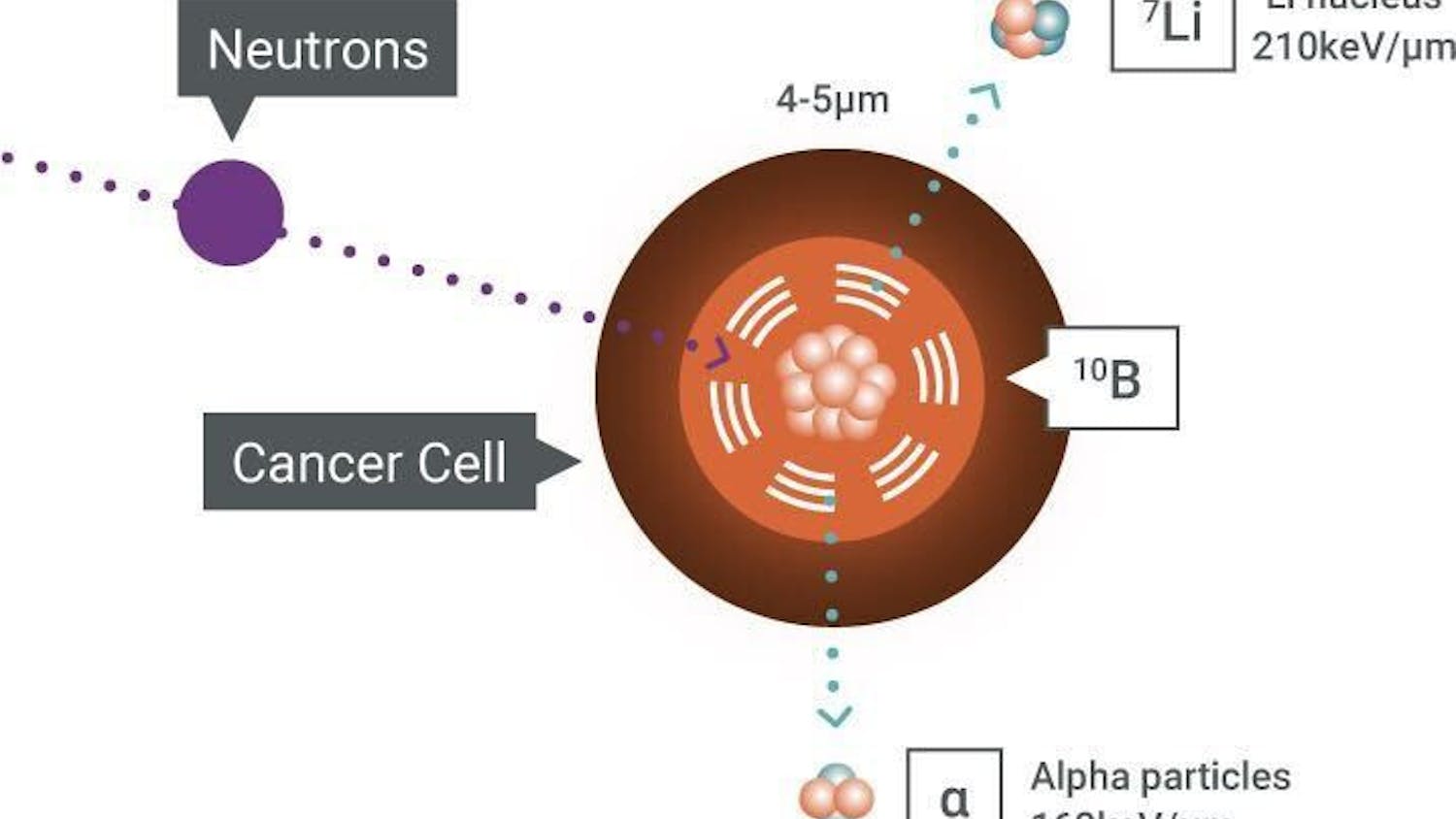Xudong Wang, an assistant professor of material science and engineering at the University of Wisconsin-Madison is a researcher in the field of nanogenerators, a technology that harvests mechanical or thermal energy into electricity. Wang was one of the early pioneers in the use of nanomaterials to harvest mechanical energy. While research on mechanical energy harvesting already existed, Wang helped advance nanomaterials for this application. While doing his post-doctorate at Georgia Institute of Technology, he developed the first nanogenerator.
Recently, Wang and his team have been working with piezoelectric material, a material that can generate electric potential based on strain put on the material. The team created a porous piezoelectric nanogenerator and showed that environmental vibrations, or mechanical energy, can be harvested. This new area of development could pave the way to self-powered electronics.
First, the team created a thin polymer film from piezoelectric material consisting of the chemical compound PVDF. When the hydrogen atoms of PVDF’s structure align opposite to the structure’s flurorine atoms, gives the film electric charge if strain, pressure or mechanical stress is placed on the material.
However, instead of using just a polymer film, the team made a polymer film with micrometer spaced pores, allowing for the material to act like a small sponge.
“With those pores, it is possible to control the mechanical property [of] stiffness of the polymer film, so that the polymer film will be able to respond to the environmental vibration once it is attached to a heavy device like a smartphone,” Wang said.
Currently, different nanomaterials are developed, including nano wires, rays of nano materials, nano composite and thin films. By using nano-scale materials, energy harvesting devices have “the potential to show higher efficiency … better lifetime, [and] high sensitivity to the mechanical source, so we call that the nanogenerator,” Wang said.
The team made a centimeter squared polymer sheet and attached it to a metal weight and a piece of foam. After creating surface vibrations, they tested for the generation of electricity. They were able to succeed in harvesting energy by connecting the mechanism to a capacitor to record the generated energy.
A mattress on top of a bed is a good example of this film. For example, if an individual laid on the bed and the floor was vibrating, energy can be absorbed via the damping effect. Damping is a property of a material or a system that indicates energy dissipation.
Similarly, Wang and his collaborators attached a polymer sheet to both a very heavy object and foam and exposed the system to vibrations on the surface. A damping layer was created by the polymer sheet so that the heavy device drove vibrations and harvested energy.
The success of this new development paves the way for future discoveries of technology that can charge phones on the go without the use of electrical cords. To charge a cellphone battery, however, a larger polymer sheet is needed.
“The output ideally is proportional to the volume of the sheet,” Wang said. “So if you make the polymer sheet with uniform property and same size [as the] foam and 2 mm thick [similar to the thickness of the cover of the phone], I believe it will produce enough energy to charge the battery.”
Another area to address would be finding energy sources to charge the phone. For example, if the phone were to lay stationary on the ground, the mechanism cannot be utilized to charge the phone as there would be no vibrations or movement. On the other hand, this mechanism would be beneficial if the phone were placed on a passenger seat in a moving car.
Nonetheless, the proof of this concept by Wang and his associates shows the simplicity of the mechanism and the start of the development for self-powered electronic devices.





